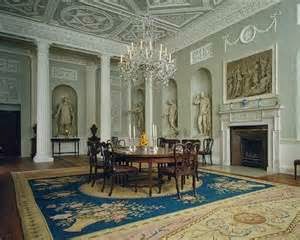Architecture during this time was very small and very simple. Different regions of America had be dominated by different European countries so each area had architecture that was styled very differently from other regions/colonies.

The Dutch dominated around the Hudson River Valley. Around that area, the architecture involves Dutch doors, steep roofs, and brickwork. Hasbrouck House in New York is an example.

The French settled around the Rivers in the New Orleans area. Around that area, the architecture involves full length porches, wrought-iron balconies, and French doors. Parlange (Louisiana plantation home) is an example of the French architectural style.

But French also had creole cottages. These had the full porches, but they were built close to the property line, and were located around the Gulf Coast.
The Germans/Swedes settled in Pennsylvania. The architecture around there were sturdier homes with really thick walls made from stone and timber. The De Turck
German Colonial Home is an example of homes in this area.

The Spanish settled all around the south, in Texas, Florida, New Mexico, etc. The architecture from this area is usually made from stucco and has a lot of tiling. The homes were one story home plans. The Gonzalez Alvarez House in St. Augustine, Florida is the oldest home in Florida and the entire US and its an example of the Spanish architecture from this design period.
Below are some current applications of Colonial American Design....
I reviewed Lindsey's blog, and she focused on colonial America as well, and from her blog I learned a little bit more about the Spanish architecture during this design period. She explained that the Spanish architecture had smooth surfaces and was heavily ornamented.
I also reviewed.....











































